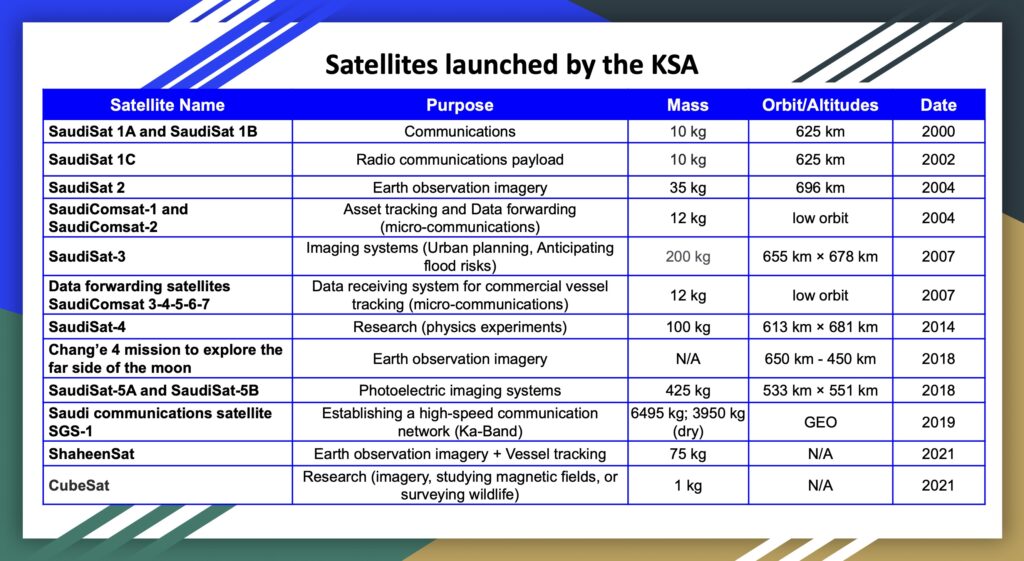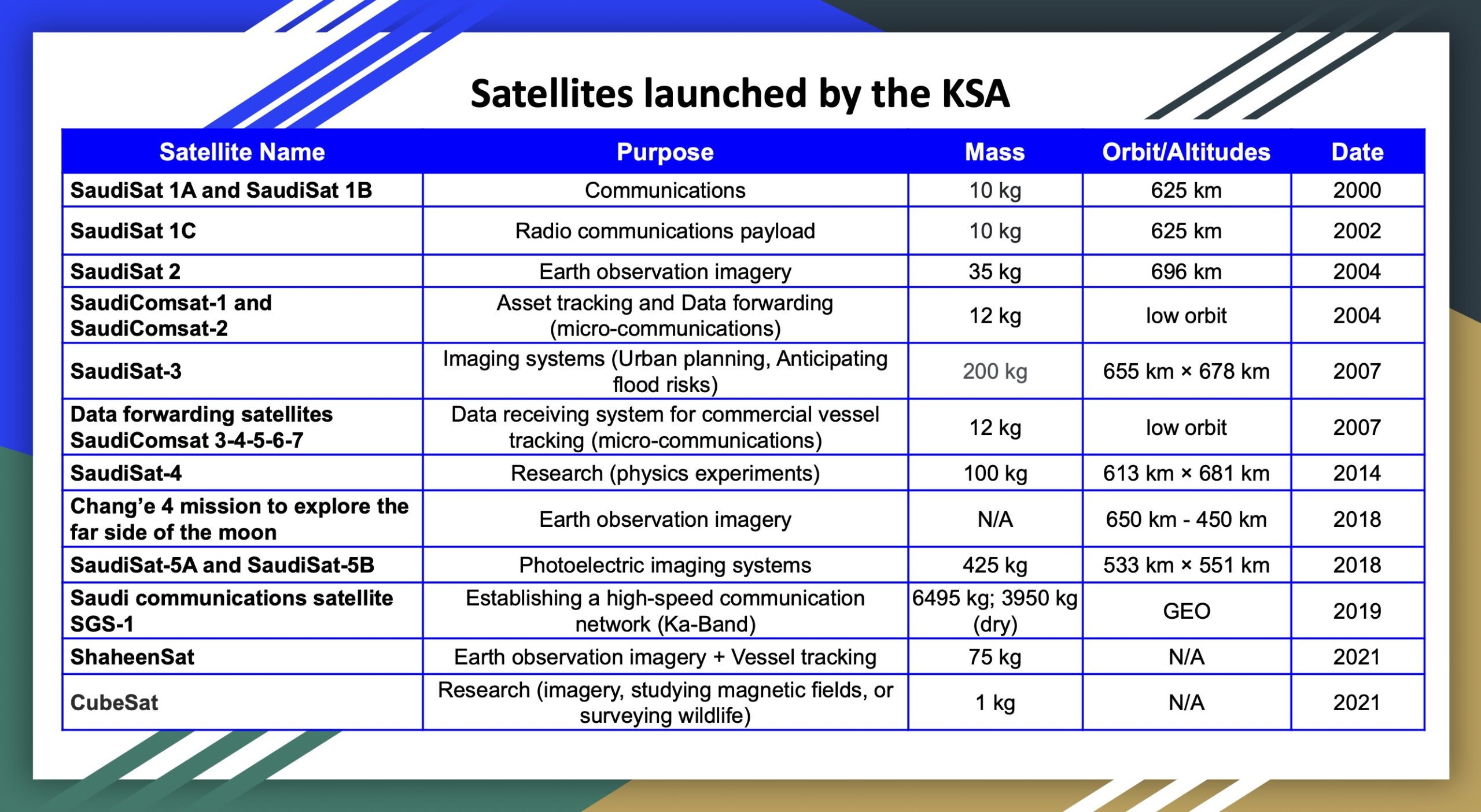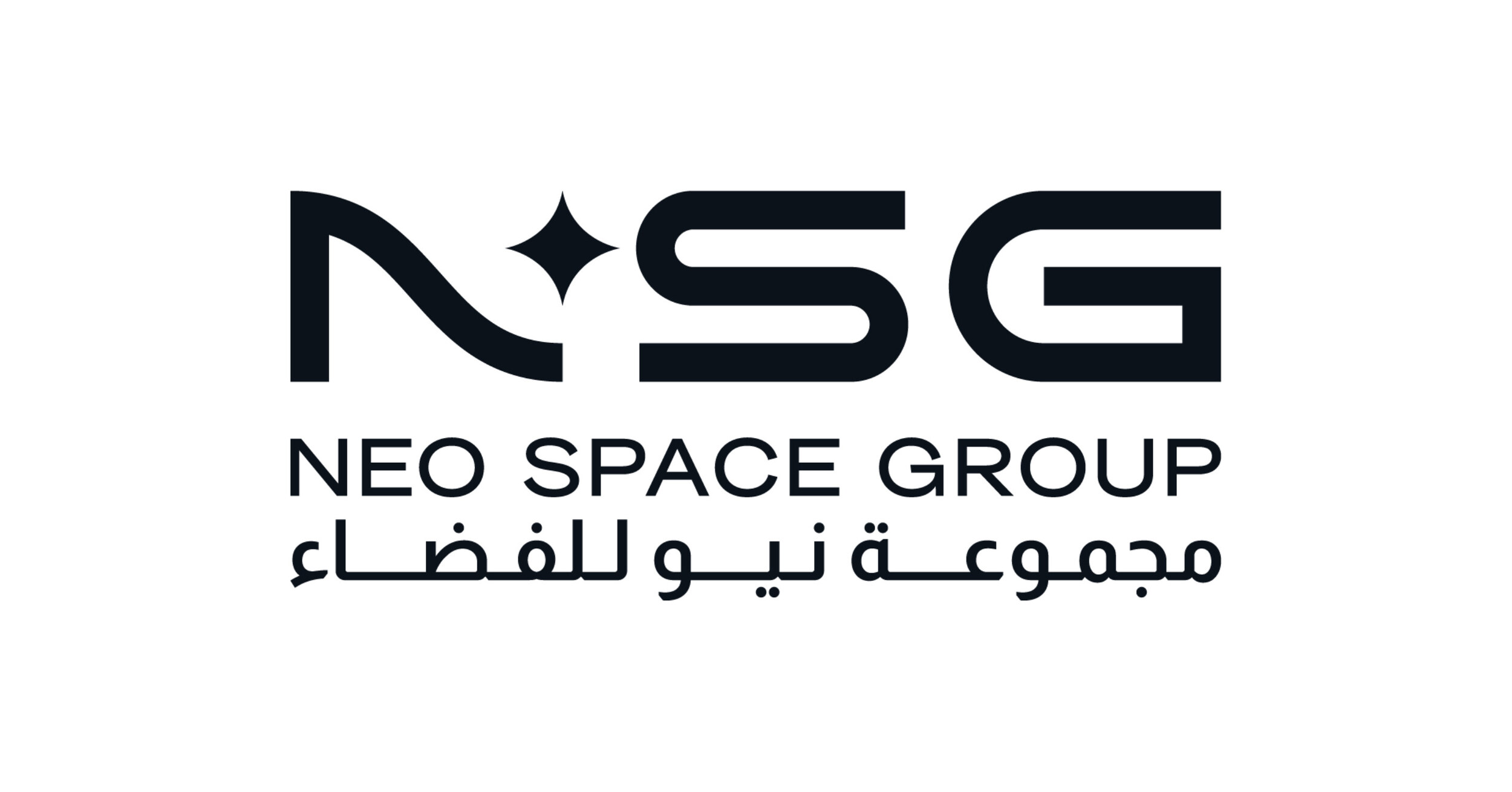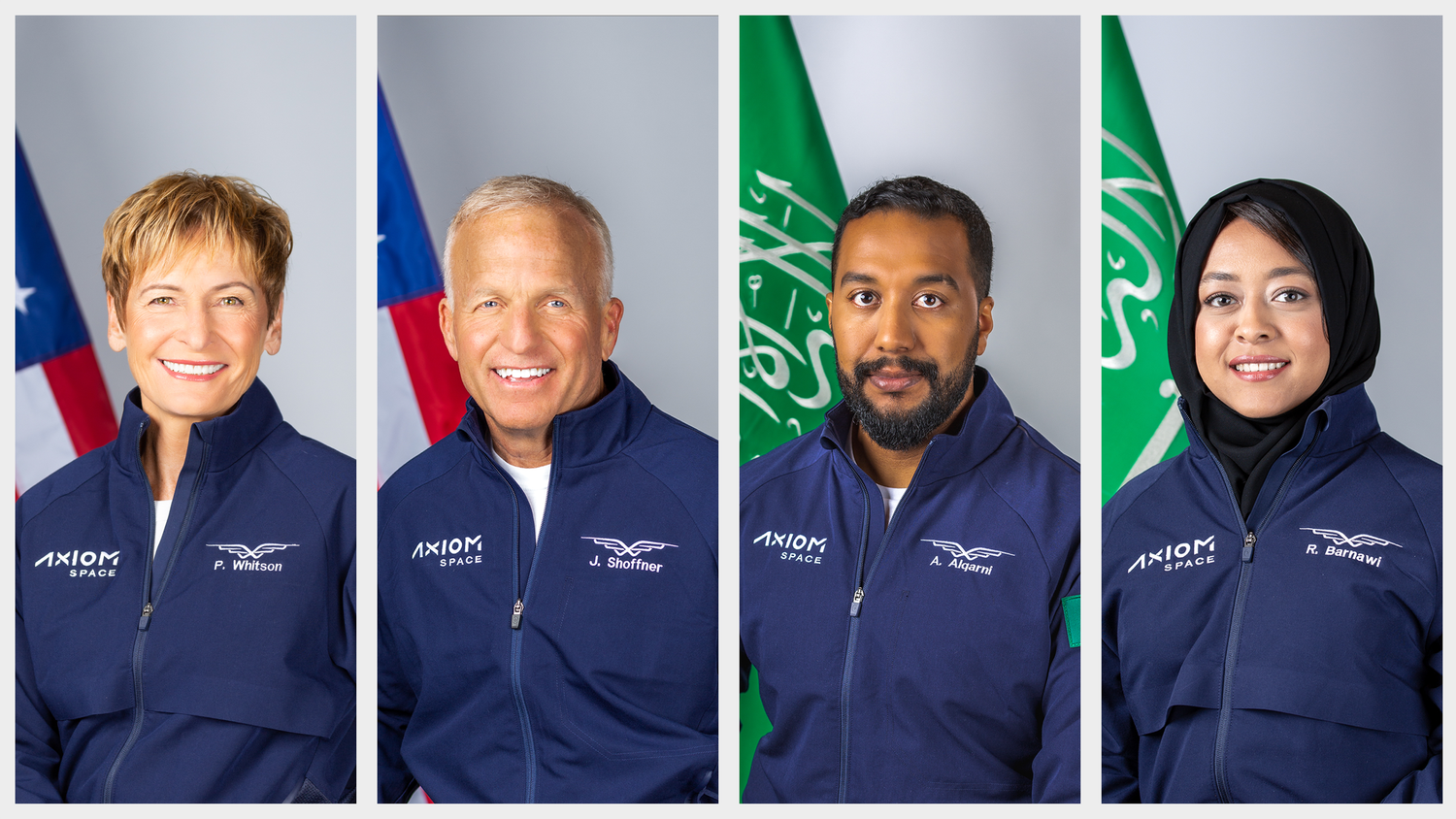
The Kingdom of Saudi Arabia (KSA) has made significant strides in developing its space program in recent years. The Saudi Arabian government has set a goal to become a leading space nation by 2030 and has invested heavily in space technology to achieve this objective. KSA’s space program has focused on various areas such as Earth observation, communications, research, and education.
One of the primary objectives of the KSA space program is to develop advanced communication systems that can serve the needs of the country and its neighboring regions. To this end, the country has launched several micro and communication satellites like SaudiSat (A, B, C), SaudiComsat (1 – 7), and SGS-1 (manufactured and tested by Lockheed Martin in collaboration with KACST). These satellites provide telecommunications and internet services to users in the Middle East, Africa, and Europe.
Another critical area of focus for the KSA space program is Earth observation. The country has launched several high-resolution imaging satellites like ShaheenSat , SaudiSat (3, 5A and 5B) that can capture detailed images of the Earth’s surface for various applications such as mapping, agriculture, urban planning, disaster response, and environmental monitoring. Both (ShaheenSat and SaudiSat) were produced by King Abdulaziz City for Science and Technology.
The KSA space program has also developed miniaturized satellites for scientific research, technology demonstration, and educational purposes – SaudiSat-4 (National Satellite Technology Center at KACST), CubeSat (manufactured by King Saud University).
In conclusion, the KSA space program has made impressive progress in recent years, with a focus on developing communication and Earth observation systems. With its ambitious goals and significant investment, the KSA is poised to become a major player in the global space industry in the coming years.
| Satellite Name | Purpose | Mass | Orbit/Altitudes | Date |
| SaudiSat 1A and SaudiSat 1B | Communications | 10 kg | 625 km | 2000 |
| SaudiSat 1C | Radio communications payload | 10 kg | 625 km | 2002 |
| SaudiSat 2 | Earth observation imagery | 35 kg | 696 km | 2004 |
| SaudiComsat-1 and SaudiComsat-2 | Asset tracking and Data forwarding (micro-communications) | 12 kg | low orbit | 2004 |
| SaudiSat-3 | Imaging systems (Urban planning, Anticipating flood risks) | 200 kg | 655 km × 678 km | 2007 |
| Data forwarding satellites SaudiComsat 3-4-5-6-7 | Data receiving system for commercial vessel tracking (micro-communications) | 12 kg | low orbit | 2007 |
| SaudiSat-4 | Research (physics experiments) | 100 kg | 613 km × 681 km | 2014 |
| Chang’e 4 mission to explore the far side of the moon | Earth observation imagery | N/A | 650 km – 450 km | 2018 |
| SaudiSat-5A and SaudiSat-5B | Photoelectric imaging systems | 425 kg | 533 km × 551 km | 2018 |
| Saudi communications satellite SGS-1 | Establishing a high-speed communication network (Ka-Band) | 6495 kg; 3950 kg (dry) | GEO | 2019 |
| ShaheenSat | Earth observation imagery + Vessel tracking | 75 kg | N/A | 2021 |
| CubeSat | Research (imagery, studying magnetic fields, or surveying wildlife) | 1 kg | N/A | 2021 |










Can you be more specific about the content of your article? After reading it, I still have some doubts. Hope you can help me.